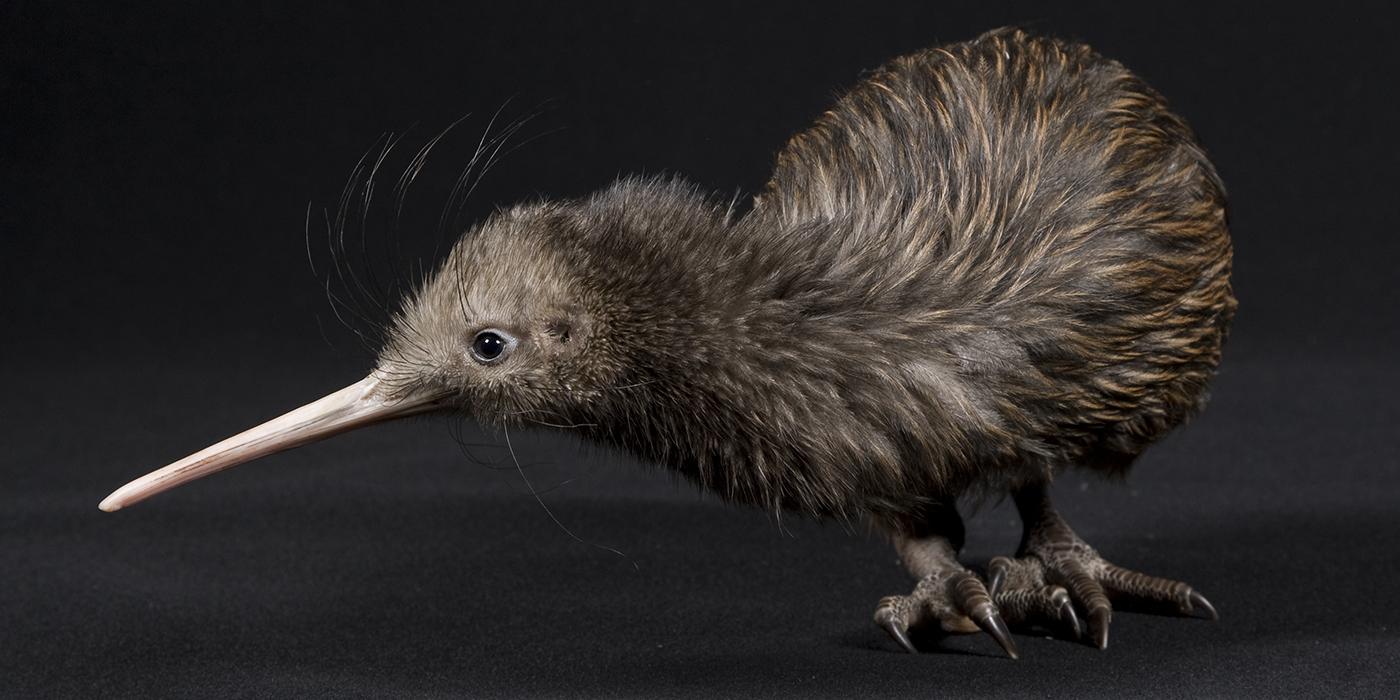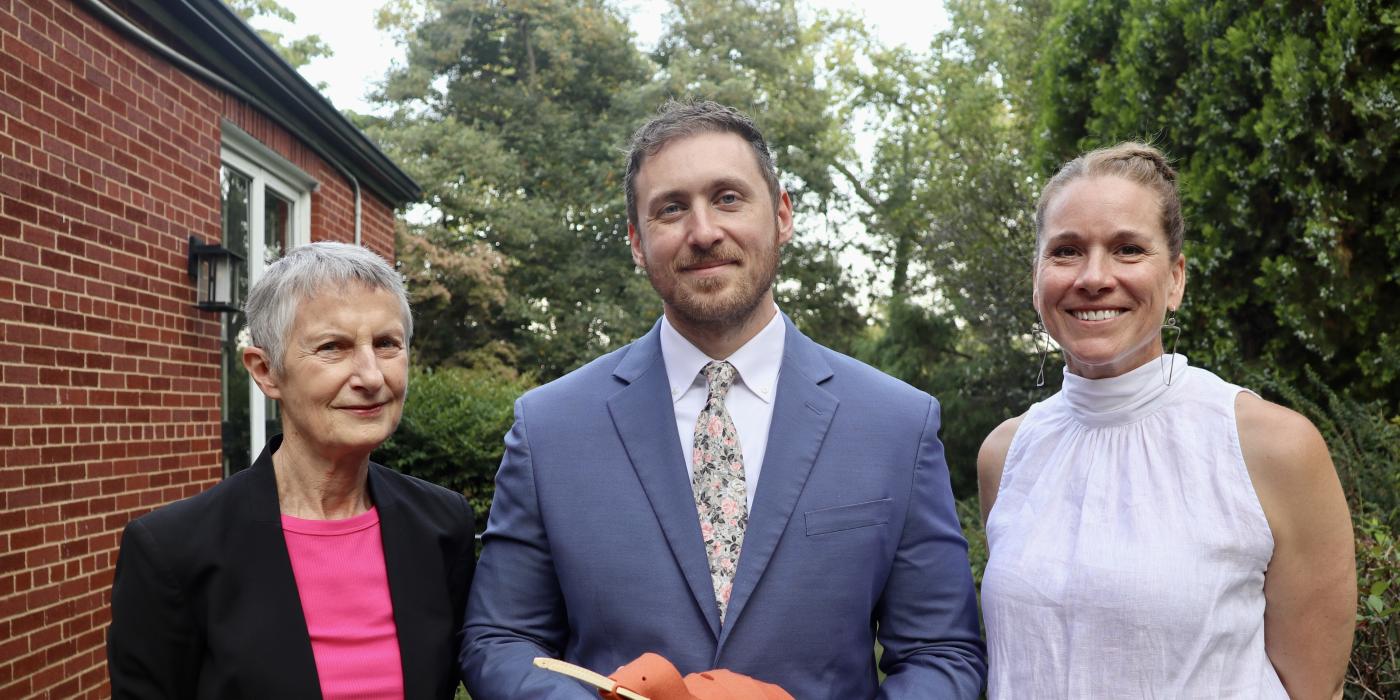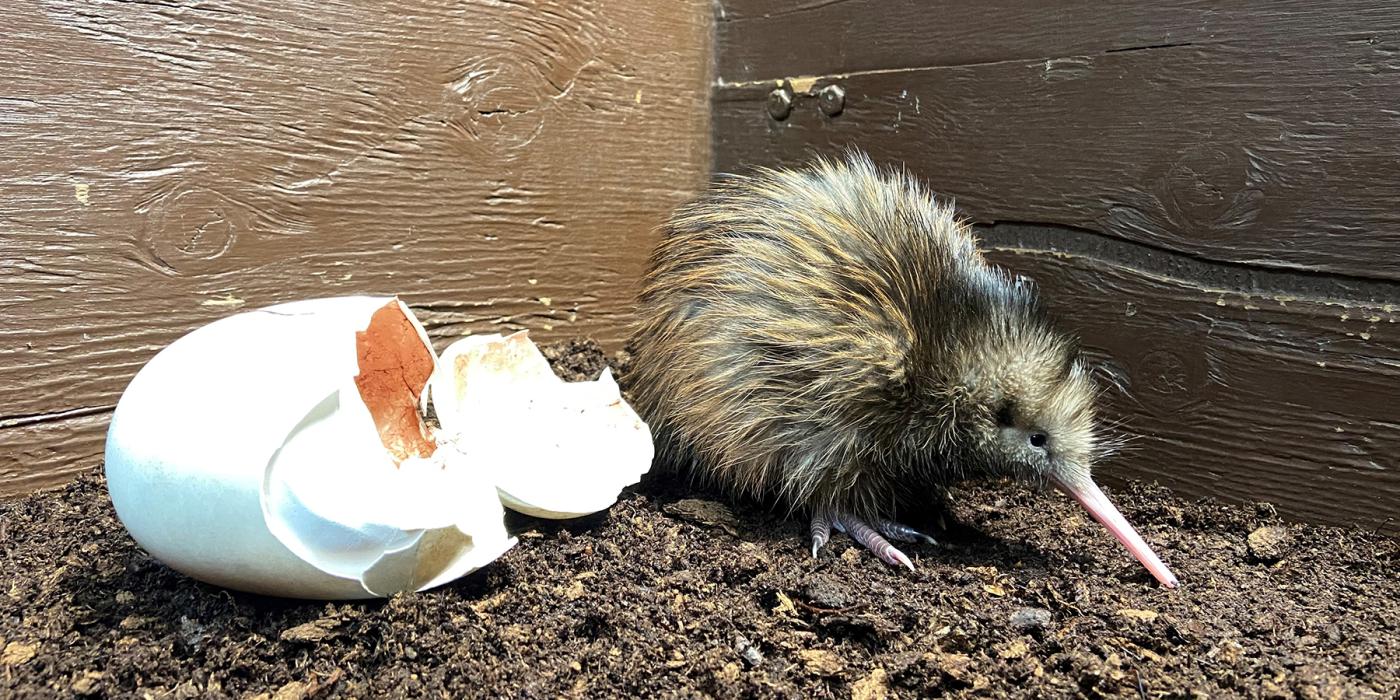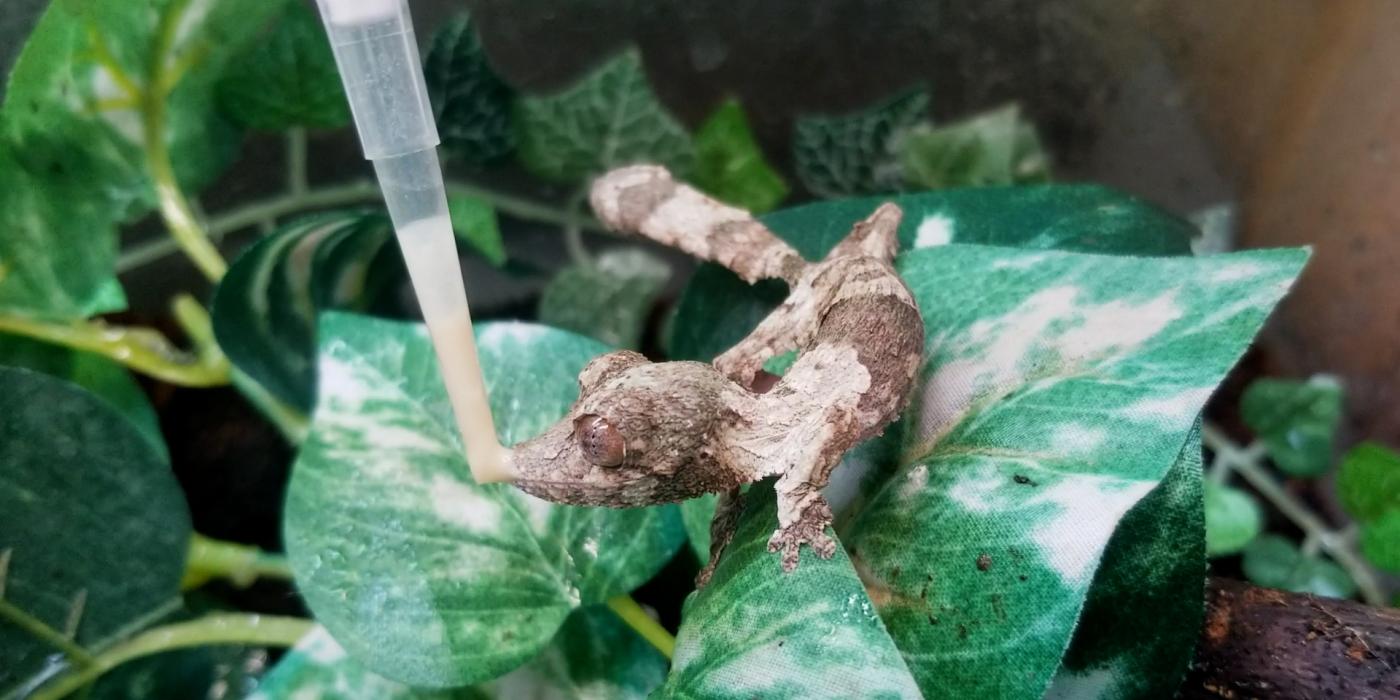Kiwi Fun Facts
Since 1968 the Smithsonian's National Zoo and Conservation Biology Institute's scientists, animal keepers and researchers have been working to save kiwi from extinction. There's more to this unique bird than meets the eye—check out the fun facts below!
- The lifespan of kiwi both in the wild and in captivity can be up to 60 years.
- The kiwi has the second largest egg for body size of any bird—an average of 15 percent of her body weight, compared to only 2 percent in the ostrich.
- In 1975, the Smithsonian’s National Zoo became the first organization outside of New Zealand to hatch a brown kiwi. Today only five zoos outside of New Zealand have successfully bred kiwis.
- The Smithsonian’s National Zoo coordinates the Association of Zoos and Aquariums’ (AZA) Species Survival Plan, which determines which animals are paired for breeding by considering their genetic makeup, nutritional and social needs, temperament and overall health.
- The IUCN Red List of Threatened Species classifies brown kiwi as endangered. The wild population is declining at a rate of approximately 5.8 percent a year.
- Brown kiwi are unique to New Zealand. Before people populated the land, kiwi lived without land-mammal predators or competitors. Today, invasive species such as dogs, cats and stoats (a type of weasel) have devastated populations of all five kiwi species, which are endemic to New Zealand. Nearly 90 percent of brown kiwi chicks are killed by stoats and cats in unprotected areas.
- The remaining wild population of the brown kiwi is estimated at roughly 24,000, down from 60,000 in the 1980s
- Smithsonian scientists are studying kiwi reproduction and hope to learn how to produce kiwi eggs through artificial insemination and solve unanswered questions about the reproductive physiology of kiwi.
- As of September 2016, the Smithsonian’s National Zoo and Conservation Biology Institute currently has three kiwi at the Zoo in Washington, D.C. (one of which is on exhibit) and eight individuals at its Kiwi Science Facility in Front Royal, Virginia.
Related Species:



